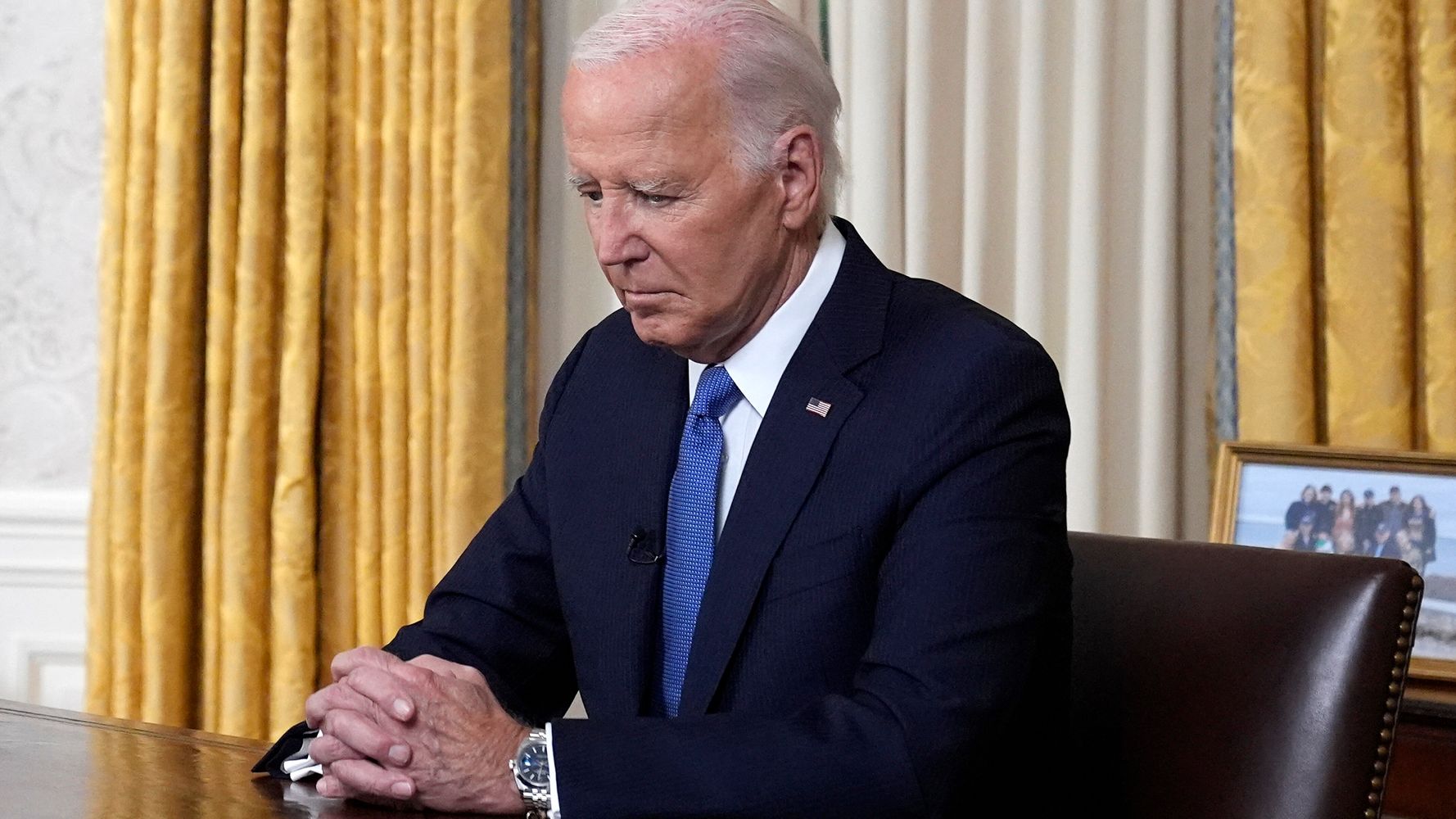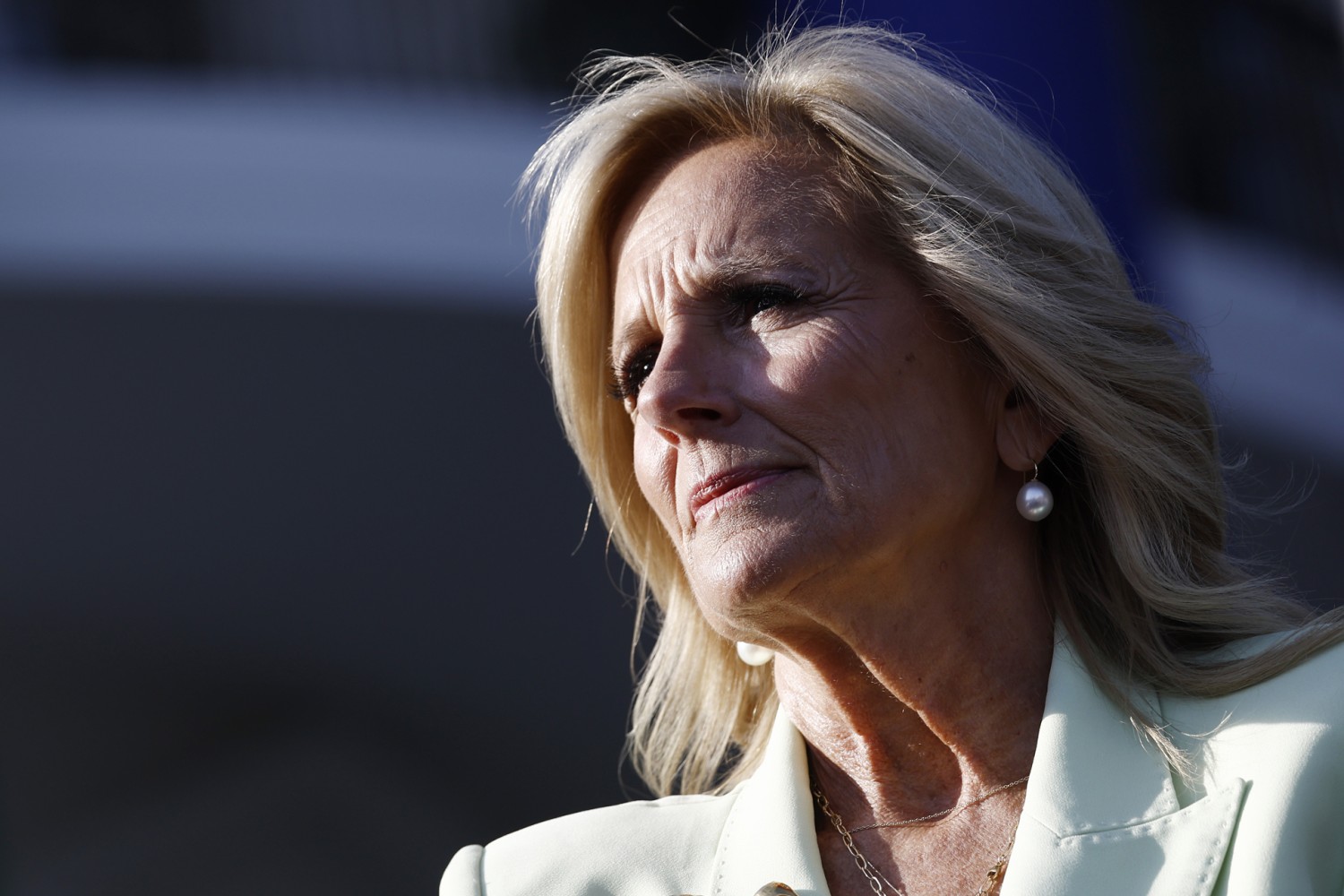LOADING ERROR LOADING: Kamala Harris Takes the Reins, Poised to Challenge Donald Trump
In an unanticipated political bombshell, President Joe Biden has withdrawn his reelection bid, throwing his support behind Vice President Kamala Harris as the Democratic presidential nominee in the 2024 election. With less than four months until the election, Harris is tasked with convincing voters that she is the most capable candidate to lead the nation and defeat former President Donald Trump.
A Smooth Transition, Legally and Otherwise
Replacing Biden with Harris on the Democratic ticket may seem like a daunting task, but it is made possible by the allowance of federal election campaign funds, staff, and voter data sharing between the two candidates. Harris will inherit the substantial resources and infrastructure already in place for the Biden-Harris campaign.
While messaging adjustments are inevitable given Harris’s unique experiences and identity, legal experts maintain that it is perfectly legitimate for her to become the party’s official nominee, despite not being the initial primary winner. The Democratic National Committee (DNC) has established a process for selecting a new nominee, and the party’s rules allow for the replacement of the presidential candidate.
Harris’s Tailored Message and Leadership Style
Harris’s messaging will undoubtedly need to shift to highlight her strengths and address potential vulnerabilities. As a woman and a person of color, she will confront different types of attacks than Biden did as a white man. Her record as a prosecutor and her age will also necessitate tailored messaging strategies.
Harris has already unveiled her first campaign ad, featuring the support of Beyoncé, and has made subtle yet pointed contrasts with Trump on social media. Her campaign manager, Jen O’Malley Dillon, has outlined a clear “Path to Victory” strategy, emphasizing Harris’s ability to build upon Biden’s coalition and appeal to a broader range of voters amidst the current political divide.
The DNC’s Role and Challenges
The DNC is swiftly adjusting to the change in candidate, planning a nominating convention in August to officially nominate Harris. The party aims to complete the nomination process swiftly while ensuring fairness and compliance with state election deadlines. While it is unlikely that another candidate will challenge Harris, the DNC has set procedures for multiple rounds of voting to address any potential objections.
Harris has until August 7th to select her running mate, with several prominent Democrats being considered for the position. The DNC is prioritizing the August 7th deadline to ensure that both the presidential and vice presidential nominees are on the ballot in all states, avoiding potential legal challenges.
Addressing Legal Challenges and Ensuring Ballot Access
Some Republicans have voiced concerns about the legality of replacing Biden with Harris, but legal experts have dismissed these claims as baseless. The established process for nominating and placing candidates on ballots allows for such transitions, and states have ample time to prepare for Harris’s inclusion on the November ballots.
Biden’s Continued Support and the Path Forward
President Biden has expressed full support for Harris, using his Oval Office address to endorse her candidacy and commend her leadership qualities. Despite stepping back from the campaign, Biden is expected to remain involved and actively support Harris’s efforts to win the election.
The transition to Kamala Harris as the Democratic nominee has raised practical and messaging considerations, but the path forward is clear. With Biden’s endorsement, the resources of the Biden-Harris campaign, and a clear strategy for the election, Harris is well-positioned to lead the Democratic Party against Donald Trump and shape the future of the United States.



